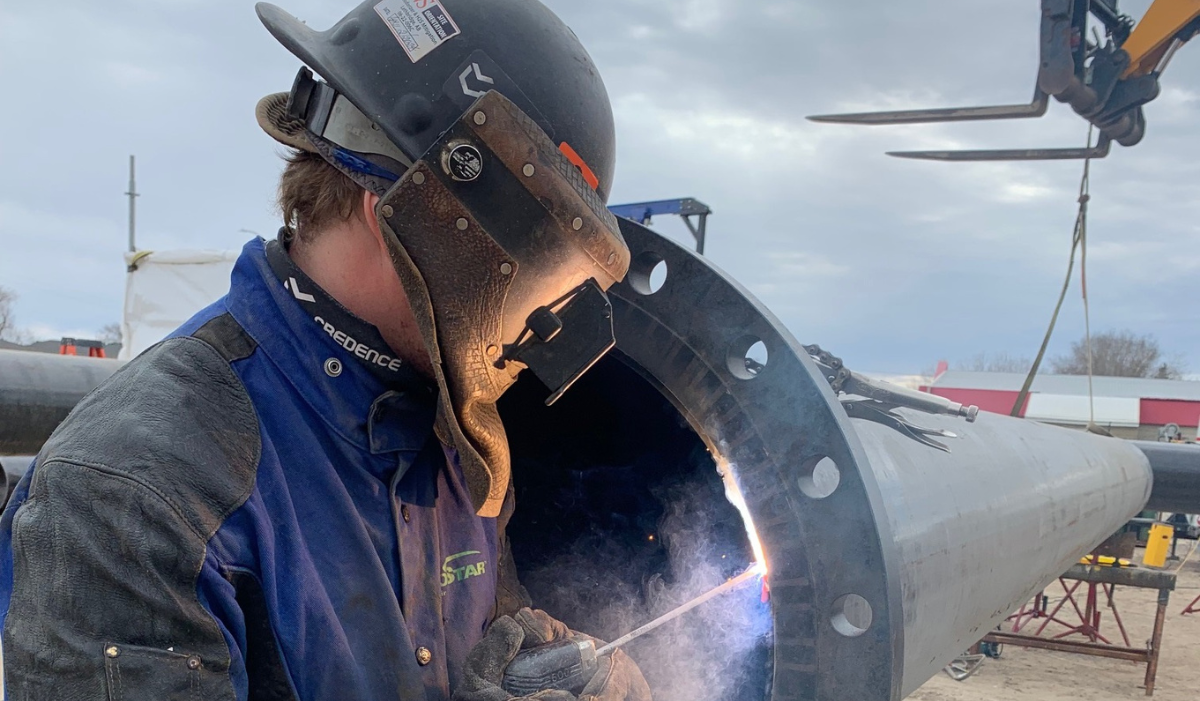Best Practices for Piping Installation in the Mining, Agriculture, and Industrial Sectors
Pipe installation plays a critical role in the veins of mining, the heart of agriculture, and the skeleton of industrial operations. These conduits not only transport essential materials but also ensure the lifeblood of these sectors flows uninterrupted. Discover how standards and innovations in piping installation can drastically improve efficiency and safety across these key industries.
Understanding the Basics of Piping Installation
The piping installation forms the foundational infrastructure necessary for transporting materials such as water, gases, and chemicals. Without a properly designed and installed piping system, sectors like mining, agriculture, and industry cannot operate efficiently or safely. The choice of materials, understanding the environmental impact, and meticulous planning are all pivotal.
Each sector presents unique challenges and requirements for piping systems. For instance, in mining, pipes must withstand abrasive materials and high pressures, whereas in agriculture, ensuring minimal disruption to the land and water supply is paramount. Industrial applications may require high-grade materials resistant to extreme temperatures and corrosive substances.
Fundamentally, a successful piping installation project hinges on rigorous preparation, which includes thorough site assessment, accurate material selection, and detailed installation planning. Engaging with experienced professionals who understand the nuances of each sector is invaluable for navigating these complexities.
Key Considerations for Piping Installation in Mining
Mining environments are notably harsh, necessitating robust piping systems that can withstand the challenges. Abrasion resistance and high-pressure tolerance are paramount, as the materials transported through these pipes often include mineral ores and tailings with abrasive qualities.
The selection of pipe materials in mining is critical, with options like HDPE (High-Density Polyethylene) offering durability against abrasive materials and flexibility for dynamic mining operations. Additionally, the need for pipes that can resist acidic or alkaline environments is often a consideration.
Safety in mining operations cannot be overstated, making the role of leak detection systems and regular maintenance schedules integral parts of best practices in piping installation. Implementing advanced monitoring systems can preemptively identify potential failures, enhancing operational safety and efficiency.
Optimizing Piping Systems for Agriculture
In agriculture, the primary purpose of piping systems is to manage water resources efficiently, whether for irrigation, drainage, or watering livestock. Thus, selecting a piping system that minimizes water wastage and is durable enough to handle variabilities in water pressure and quality is essential.
Flexibility and ease of installation are also critical, as agricultural landscapes can change seasonally. Pipes made from materials like PVC are often favored for their lightweight, ease of installation, and resistance to environmental degradation.
Sustainable practices in agricultural piping installation underscore the importance of systems that support water conservation efforts. Innovative solutions, such as drip irrigation piping systems, offer precise water delivery directly to plant roots, significantly reducing water usage and enhancing crop yields.
Industrial Sector: Advanced Techniques for Piping Installation
Industrial piping systems must be designed to meet a wide range of operational demands, including the transport of high-temperature substances, corrosive chemicals, and pressurized gases. These requirements necessitate the use of materials and techniques that can withstand extreme conditions.
Stainless steel, renowned for its strength and resistance to corrosion and high temperatures, is a commonly selected material for industrial pipes. Moreover, innovations such as the use of lined pipes for extremely corrosive substances represent advances in industrial piping installation.
Maintenance and safety protocols are integral to the longevity and reliability of industrial piping systems. Scheduled inspections, the use of non-destructive testing methods, and adherence to international standards ensure that these systems function safely and efficiently over time.
The introduction of smart monitoring systems marks a significant evolution in the installation and management of industrial piping. These systems provide real-time data on pipe conditions, flow rates, and potential issues, allowing for proactive maintenance and optimization of system performance.
As the backbone of operational efficiencies and safety in mining, agriculture, and industrial sectors, piping installation demands meticulous attention to detail, a thorough understanding of sector-specific challenges, and a commitment to best practices. Embracing quality and innovative approaches in piping installation can lead to significant improvements in performance, environmental compliance, and cost savings, fortifying the future of these vital sectors.



